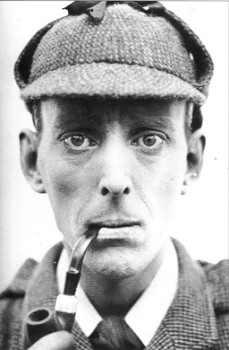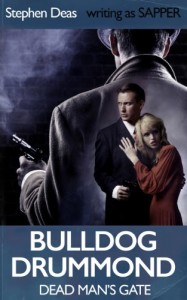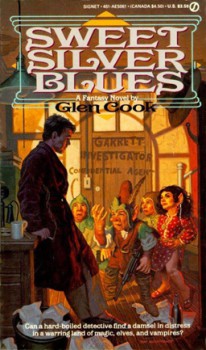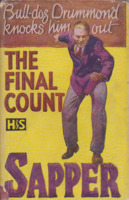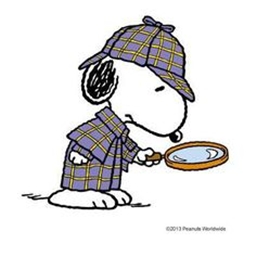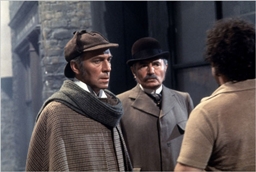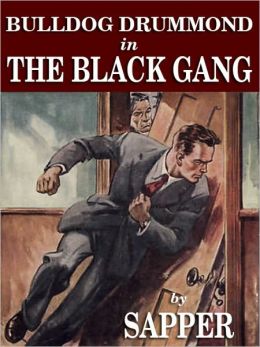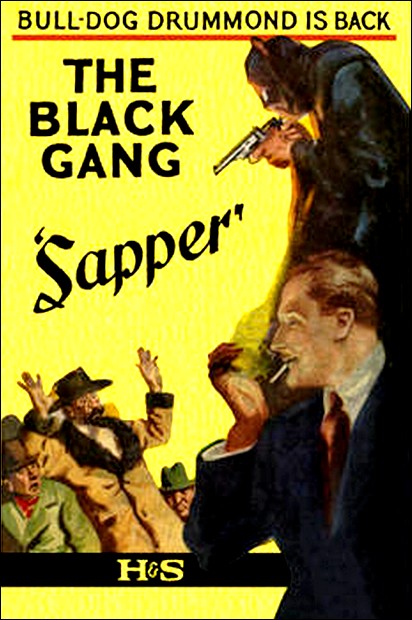The Public Life of Sherlock Holmes: The Speckled Band — He’s Done Better…
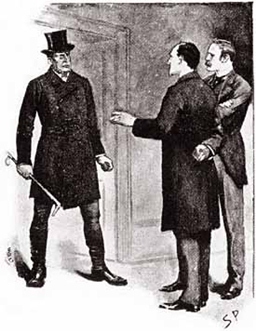
“The Speckled Band,” the eighth of the short stories which make up The Adventures of Sherlock Holmes, first appeared in the Strand Magazine in February, 1892. It is often cited as a favorite Holmes case by fans of the great detective. Sir Arthur Conan Doyle himself put it at number one on his own list in 1927. I’ve read it at least a dozen times.
However, it also appears to be one of the most poorly handled the world’s first private consulting detective. There are several questionable aspects that leave one to wonder at Holmes’ actions:
HERE BE SPOILERS
If you haven’t read this story yet, take fifteen minutes and do so. You can read it online here, with illustrations. Going on with my article before you’ve read the story will truly ruin one of the Canon’s best known tales.
Sending Helen Stoner Home – Helen Stoner is worried that her stepfather will be angry with her when they are both back home after their separate visits to Baker Street. Holmes tells her that Roylott must “guard himself” or he may find that someone is on his track.
Roylott already knows that Helen has been to visit Holmes: the cat is out of the bag. It is unclear why Holmes is not concerned for her safety. He even says that if Roylott gets violent with her, he will take her to her aunt’s home. That’s a bit reactive. Holmes does not seem to be properly safeguarding her welfare.
